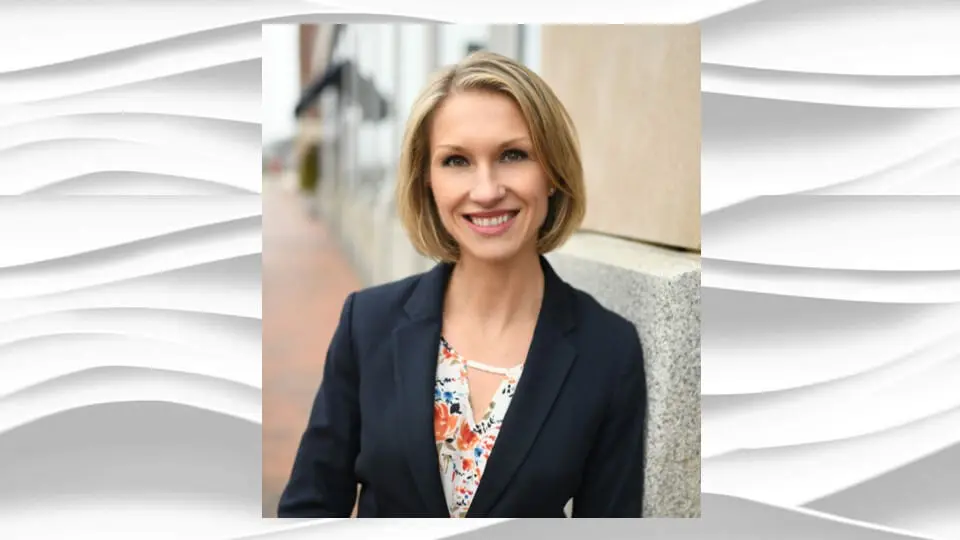Episode 120 – How a Consulting Firm Embraced Trial and Error When Building a Sales Team – Member Case by Scott Arias
Building a sales team inside of a consulting firm is hard. However, it is a requirement if a firm is going to scale beyond a Founder-led lifestyle business. Adding to the difficulty, is the need to go through an expensive and time-consuming trial and error period. It takes patience and many experiments before a firm figures out what works for them.



